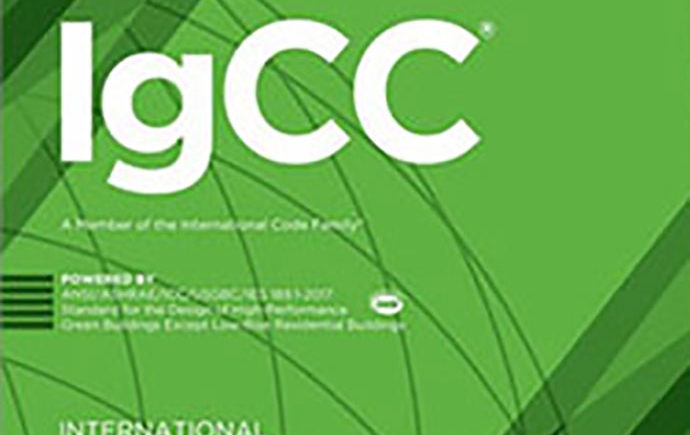



Building codes are the bedrock of our modern built environment.
First enumerated in the Code of Hammurabi and subsequently improved following disasters such as the Triangle Shirtwaist Factory fire of 1911 and Hurricane Andrew in 1992, building codes improve the health, safety, and welfare of all building occupants.
As we increasingly recognize the role of the built environment to address issues beyond just the minimum safety of occupants, a number of codes, standards, and rating systems have been developed. These offerings help improve the performance of buildings to address 21st century concerns – improving energy efficiency, resiliency, health, and sustainability.
Green Building Standards generally segment requirements into separate chapters such as energy efficiency, indoor air quality, sustainable site selection, and materials and resource use. They often set minimum benchmarks for performance and focus heavily on detailed specifications. Building standards are typically written in highly-technical language used by regulated professions and trades, such as architects, engineers, plumbers, and electricians. These standards are then adopted by reference into buildings codes, which can be enforced by state and local jurisdictions depending on their specific circumstances and policy priorities.
Common standards related to building practices are created through consensus processes by organizations such as ANSI, ASTM, and ASHRAE.
Green Building Codes are established by law as mandatory building requirements adopted by a state or local jurisdiction. Adopted codes are often based on established standards, and “model” code language is developed by building industry professionals with input from stakeholders. Currently, model codes are revised and updated on a continual basis in an open, public forum where amendments are proposed, debated, and voted upon.
The International Green Construction Code (IgCC) is developed by the International Code Council (ICC), American National Standards Institute (ANSI), ASHRAE, the U.S. Green Building Council (USGBC), and the Illuminating Engineering Society (IES).
The technical backbone of the IgCC is ASHRAE Standard 189.1, Standard for the Design of High-Performance Green Buildings Except Low-Rise Residential Buildings. The standard addresses site sustainability, water use efficiency, energy use efficiency, indoor environmental quality, and the impact on the atmosphere, materials, and resources by buildings, as well as high-performance operation.
Green Building Tools allow aspects of sustainable or “green” building to be analyzed, including:
Green building tools can be standards themselves and are referenced in whole-building sustainability systems, codes and certifications.
Tools referred to by some of the leading green building approaches are The Athena Impact Estimator for whole building life cycle assessment, and the RESNET Standard for HERS for energy efficiency for residential buildings.
